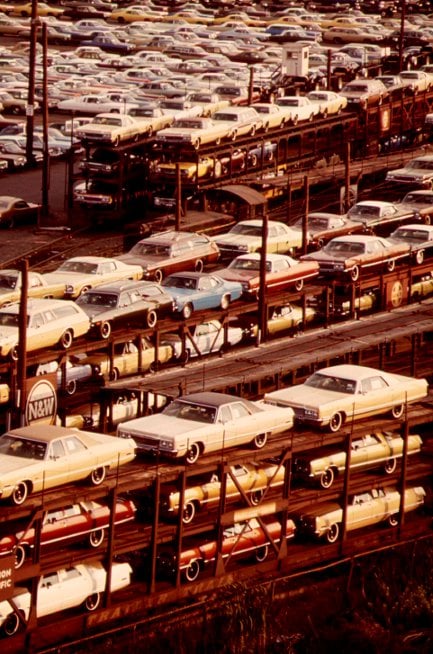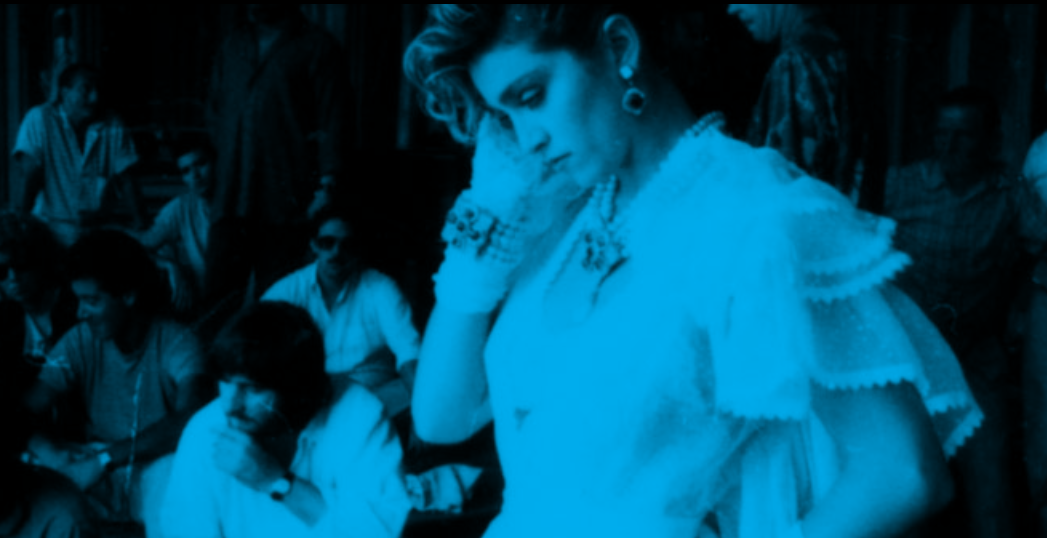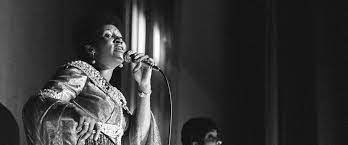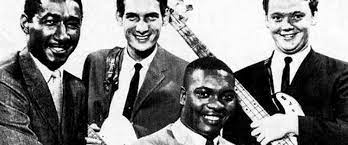About This Lesson
Few places represented the prosperity of the postwar United States and the allure of the American dream better than Detroit in the 1950s and early 60s. Home of the thriving American auto industry, Detroit and its legendary assembly lines reflected the nation’s command of industry and its international economic dominance. But for many of the thousands of young people growing up in Detroit’s blue-collar neighborhoods, the city was less about progress and prosperity than the prospect of a life with few options beyond the monotony of a factory job.
As happened in so many other contexts, the young people of Detroit in the postwar era turned to music to express their frustrations and to challenge society’s expectations for them. Bands such as MC5 and the Stooges eschewed the feel-good music long associated with Detroit through the success of Motown, producing instead a hard-edged, proto-Punk sound that managed to address both the limitations of working-class life and the general frustrations of youth.













